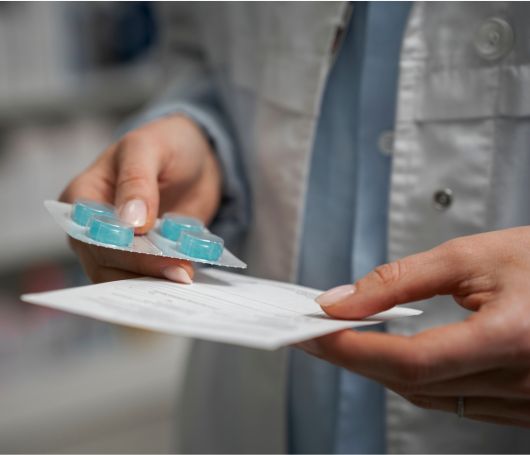Aims: To determine the time Colombian patients with rheumatoid arthritis (RA) are treated with non-biological disease-modifying antirheumatic drugs (DMARDs) before changing to biological therapy.
Methods: A retrospective cohort study that collected information about the start of antirheumatic treatment in patients of all ages with a diagnosis of RA until the change to biological DMARD therapy. Survival analysis using Kaplan–Meier curves, from 1 January 2007 until 31 December 2013 by SPSS 23.0 for Windows, was made.
Results: A total of 3880 patients (75.3% women) with a mean age of 51.3 years started non-biological DMARDs. After 5 years, 234 patients (6.0%) initiated biological DMARD therapy in 17.5 ± 13.9 months. The use of glucocorticoids (OR: 2.49; 95% CI: 1.658–3.732), having any comedication (OR: 1.83; 95%CI: 1.135–2.966) and being treated in the city of Bogota (OR: 2.30; 95%CI: 1.585–3.355) or in the cities of the Colombian Atlantic coast (OR: 2.848; 95%CI: 1.468–5.524) were associated with a higher likelihood of biological DMARD initiation. Whereas the initiation of therapy with methotrexate (OR: 0.04; 95% CI: 0.014–0.108; p < 0.001) or chloroquine (OR: 0.13; 95% CI: 0.092–0.187; p < 0.001) or receiving antihypertensive medication (OR: 0.64; 95% CI: 0.421–0.960; p = 0.031) was associated with a significant reduce in likelihood.
Conclusion: After 5 years of non-biological DMARD therapy, 6.0% of people with RA started biological DMARDs. Receiving glucocorticoids, having any comedication, being treated in Bogota City or cities of the Colombian Atlantic coast affected the probability of switching to biological therapy in these patients.




